Sales of small import cars in the United States — particularly the Volkswagen Beetle but also a new crop of Japanese machinery — became too big for Detroit to ignore by the late 1960s. General Motors brought over Opel Kadetts from its European operations and Ford did the same with the Cortina, but homegrown subcompacts were needed. For the 1971 model year, Ford introduced the Pinto and GM launched the Chevrolet Vega (Chrysler, lacking the resources to develop a subcompact from scratch, hauled Mitsubishi Colt Galants across the Pacific and put Dodge Colt badges on them). Here’s an example of the Chevy Vega from its best-selling model year, found in a Denver self-service wrecking yard.
The Vega, like the Corvair and the Citation, is a painful subject for General Motors. It featured some technological innovations and boasted Camaro-ish good looks, but widely publicized quality problems and seemingly endless recalls scared off many buyers.

Still, the Vega appeared at the right time. In the fall of 1973, OPEC shut off its oil taps and fuel prices went crazy. Vega sales topped 400,000 for 1973 and got close to a half-million for 1974. After that, Vega popularity dropped quickly and it was discontinued after the 1977 model year (though the Chevrolet Monza and its Buick, Oldsmobile and Pontiac twins were based on the Vega and remained available for a few more years).

Over the years, the Vega was available as a two-door notchback, a two-door hatchback, a station wagon and a “Panel Express” sedan delivery. The Canadian-market version was badged as the Pontiac Astre, and the Astre became available in the US market for the 1975 model year. The wagon versions of the Vega and Astre continued to be sold with Monza and Sunbird badges through 1979.
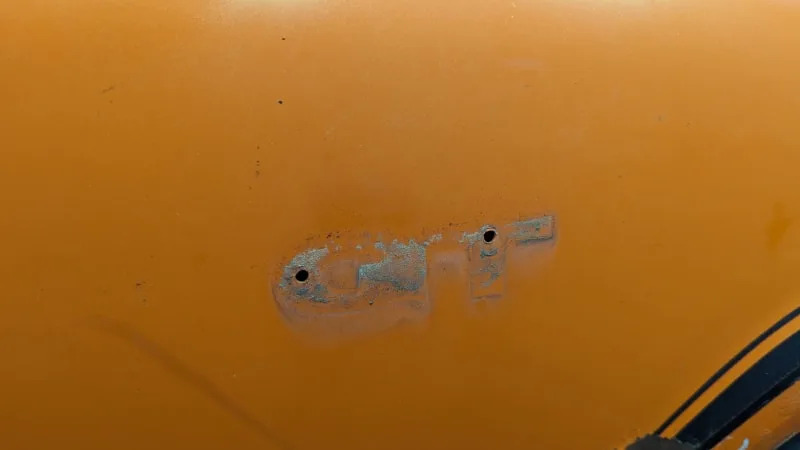
The GT version didn’t get any more power, but it got better suspension and tires plus lots of trim and convenience features.
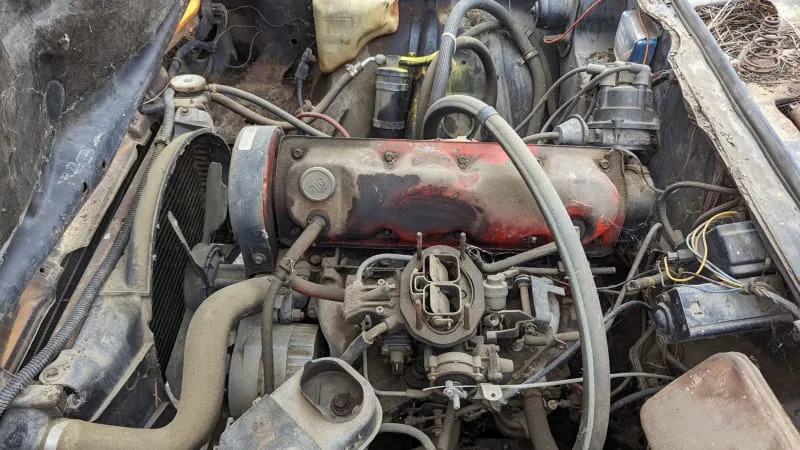
The Vega’s engine was a 2.3-liter overhead-cam straight-four with an aluminum block, unlined cylinders and an iron cylinder head. It was a good (enough) design on paper, but ran rough and tended to suffer fatal damage when overheated. For 1974, this engine was rated at 72 horsepower. A DOHC version was developed in partnership with Cosworth for the 1975 and 1976 model years, and it made 110 horses in the Cosworth Vega.
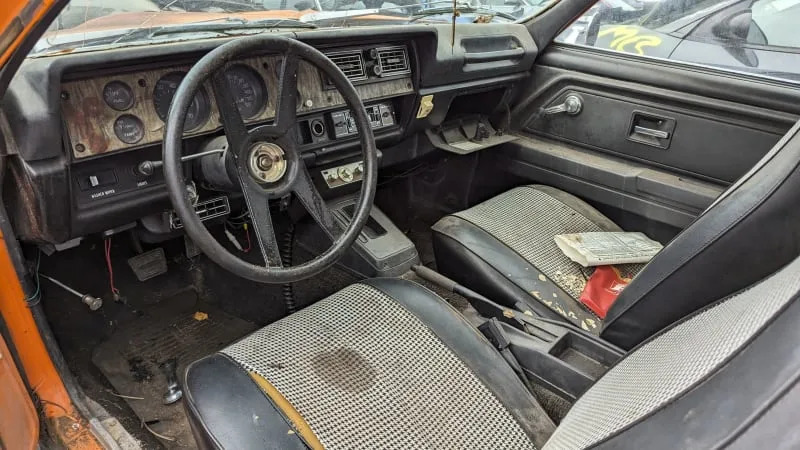
The Vega never came from the factory with a V8 engine, but plenty of Vega owners swapped in V8s later on.

For the 1974 model year, the Vega had three choices of transmission: the base three-on-the-floor manual, a four-on-the-floor manual and a three-speed automatic. This car has the automatic, which cost $325 extra (about $2,132 in 2023 dollars). The two-speed Powerglide automatic was available in Vegas through 1973. These cars were miserably sluggish with automatics, but plenty were sold with two pedals.
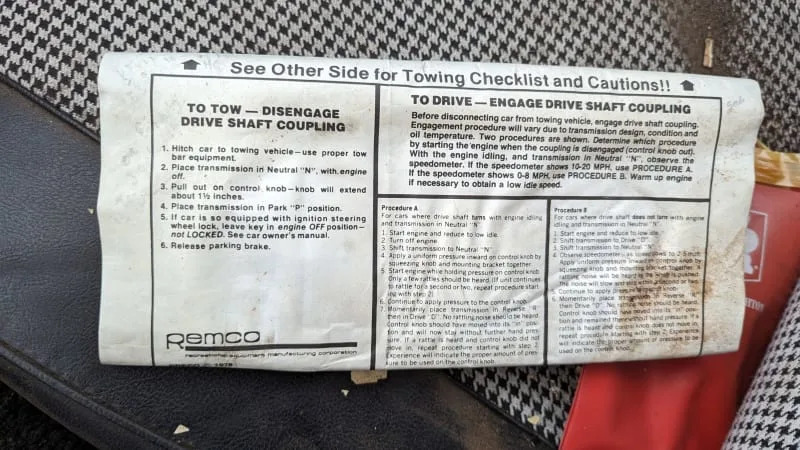
This car was set up to be flat-towed behind an RV, so it has an aftermarket Remco driveshaft coupling to prevent the transmission from being destroyed while towing.
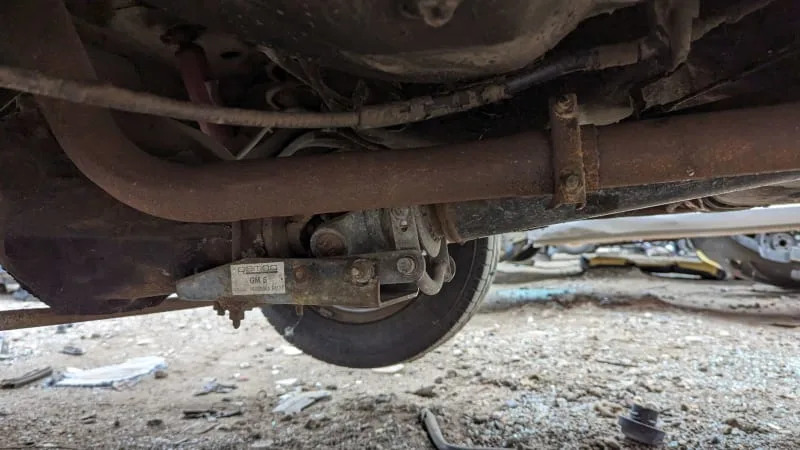
The driver pulled a knob on the dash to disengage the driveshaft from the differential.

It still has trailer lights mounted.
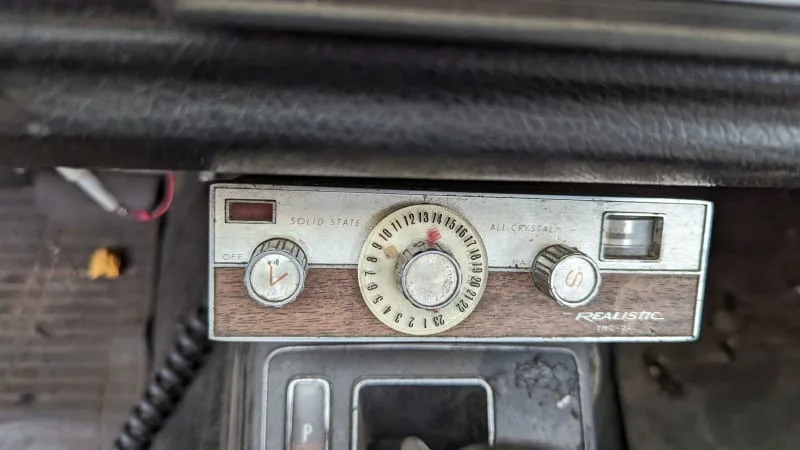
Naturally, there’s a mid-1970s-vintage 23-channel Radio Shack CB radio installed.

There’s a note showing an oil change in 1987, with the mileage at 68,000.
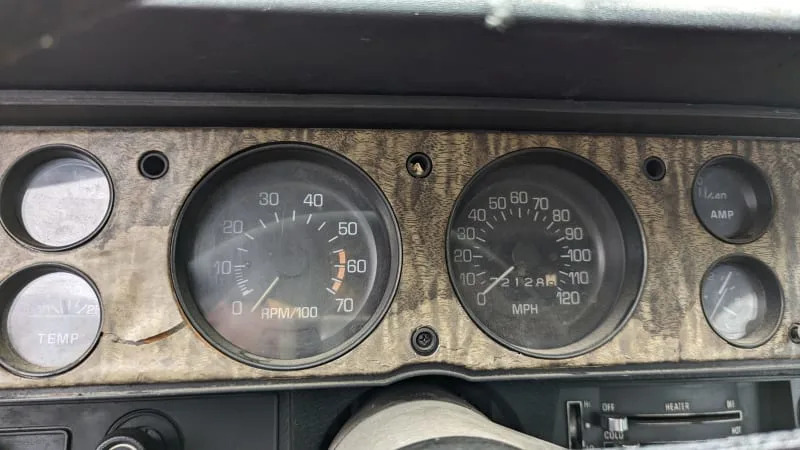
The odometer reads 72,128 miles, so I suspect that this car got parked during the late 1980s and never drove under its own power again. The same yard has five additional Vegas, so it’s probable that someone’s collection got liquidated.
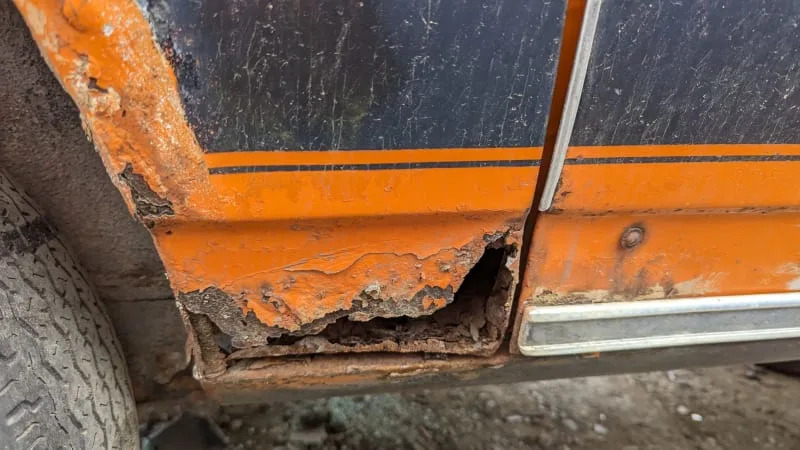
The early Vegas were plagued by corrosion problems, especially in the front fenders.

I came of driving age in 1982, when the Vega was one of the most common hand-me-down cars among my peers; by the end of the 1980s, nearly all had disappeared from American streets. I’ve driven, ridden in and worked on many Vegas, and I never managed to build up any affection for this Malaise Era Chevy subcompact.
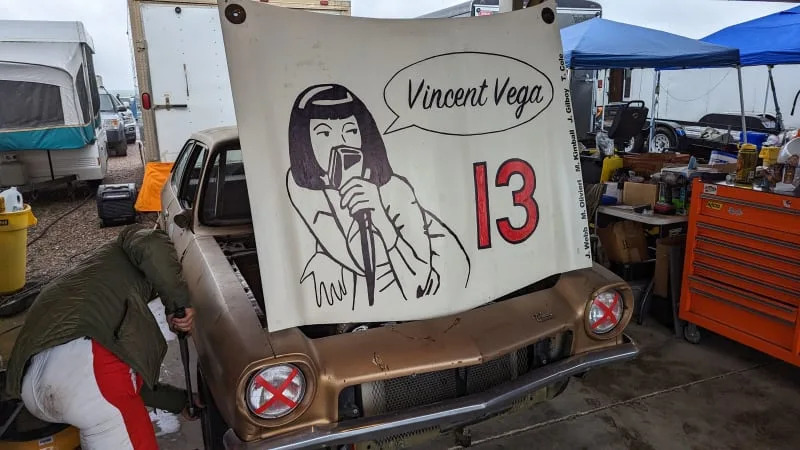
I have friends in the Denver area who grew up with Vegas and still love them, though, and a bonanza of a half-dozen Vegas in a U-Pull junkyard was great news for them. Some of the parts from today’s Junkyard Gem will live on with the Vincent Vega 24 Hours of Lemons race car.
The “Dura-Built 140” engine upgrades solved many of the Vega’s reliability problems, but they didn’t show up until 1975.
The best gas mileage of any four-cylinder economy car built in America. Take that, Pinto!
